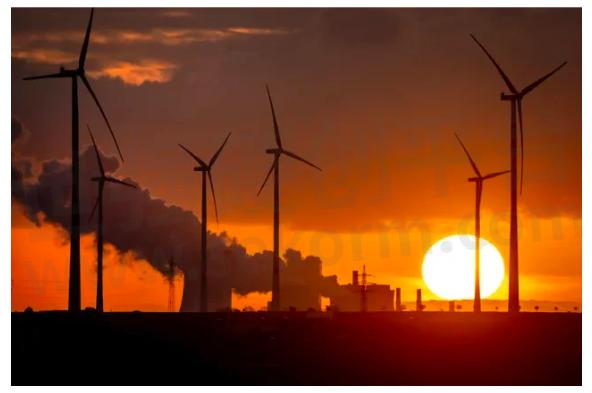Bidirectional DC DC Converter: A Comprehensive Overview

A Bidirectional DC DC Converter is a power electronic device that can convert DC power from one voltage level to another in both directions. It has the capability to transfer power bidirectionally between two DC sources, such as batteries, capacitors, or fuel cells, with different voltage levels. This converter is widely used in various applications, such as electric vehicles, renewable energy systems, and energy storage systems, due to its high efficiency, compact size, and low cost.
The basic structure of a bidirectional DC DC converter consists of two power switches (MOSFET or IGBT), two diodes, and an inductor. The switches are controlled by a pulse-width modulation (PWM) signal to regulate the output voltage and current. The diodes are used to provide a path for the inductor current during the commutation of the switches. The inductor is used to store and release energy during the conversion process.
There are two main types of bidirectional DC DC converters: the full-bridge converter and the half-bridge converter. The full-bridge converter has four switches and two diodes, while the half-bridge converter has two switches and two diodes. The full-bridge converter is more efficient, but more complex and expensive than the half-bridge converter. The choice of converter depends on the specific application requirements, such as power level, voltage range, and efficiency.

Fig.1
The bidirectional DC DC converter has several advantages over other power electronic devices. One of the main advantages is its bidirectional capability, which allows it to transfer power from one source to another in both directions. This makes it ideal for applications that require energy storage and retrieval, such as electric vehicles and energy storage systems. Another advantage is its high efficiency, which can reach up to 98% in some cases. This means that it can convert DC power with minimal losses, which is important in renewable energy systems that rely on energy efficiency to reduce costs and increase sustainability.

Fig.2
The bidirectional DC DC converter also has some limitations that need to be considered. One of the limitations is its complexity, which requires careful design and control to ensure proper operation. This can increase the cost and reduce the reliability of the converter. Another limitation is its voltage range, which is limited by the semiconductor devices used in the converter. This can restrict the use of the converter in some applications that require high voltage levels.
In conclusion, the bidirectional DC DC converter is a critical component in many power electronic systems, due to its bidirectional capability, high efficiency, and compact size. It has many applications in electric vehicles, renewable energy systems, and energy storage systems, where energy efficiency and sustainability are important. However, the design and control of the converter require careful consideration of its advantages and limitations to ensure optimal operation and performance.
- +1 Like
- Add to Favorites
Recommend
This document is provided by Sekorm Platform for VIP exclusive service. The copyright is owned by Sekorm. Without authorization, any medias, websites or individual are not allowed to reprint. When authorizing the reprint, the link of www.sekorm.com must be indicated.

































































































































































































































































































































































































































































































































































































































































































































































































































































































































